Ancient Wisdom
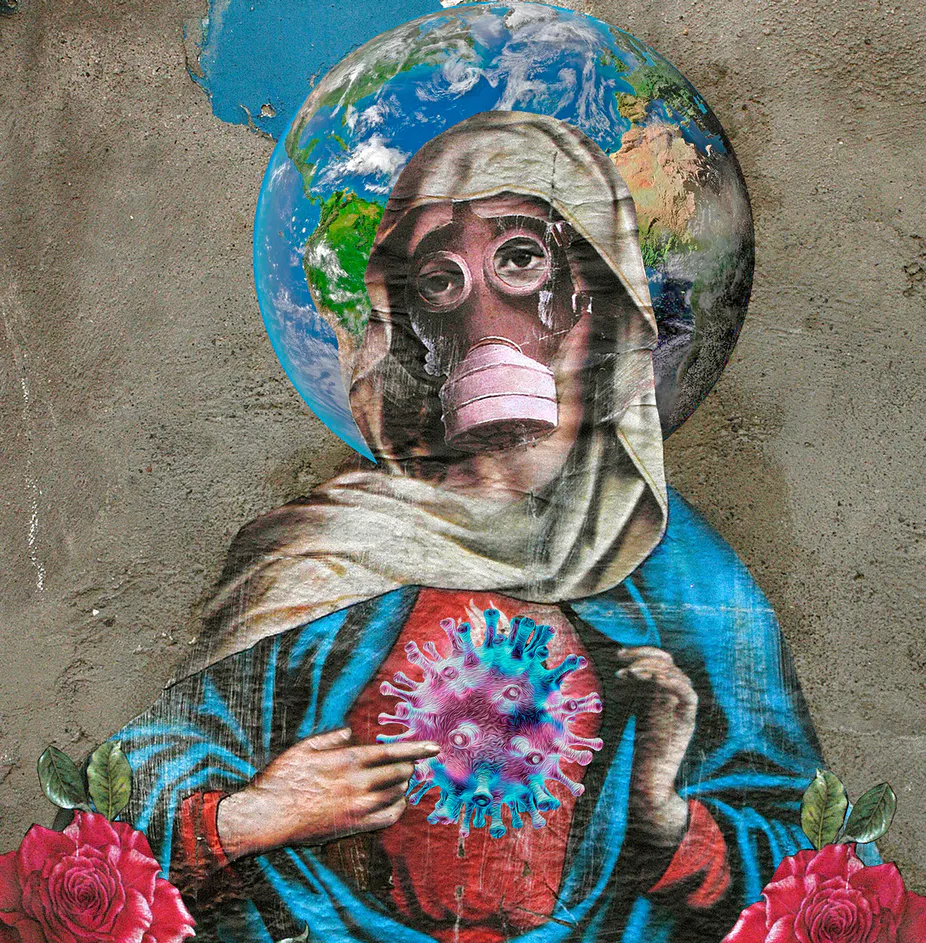
Mural in Madrid (Spain)
This is the eighth in a series of 16 posts offering an analysis of “Covid Codes” from a global perspective. SEMIOVOX has invited consulting semioticians from around the world to augment the Coronavirus-related meaning map whose lineaments we revealed here in a Spring 2020 series. We are grateful to our talented and generous colleagues, who are individually acknowledged in each series post that features their contributions.
The theme we’ll explore in this installment is: ANCIENT WISDOM. By which we mean: Health & wellness folkways that have stood the test of time.
Now that we’re at the halfway point in our series, we can begin to contrast each new paradigm we introduce with its previously introduced “opposite number.” The Ancient Wisdom theme is governed by a paradigm that we call “Guru”; it reflects consumers’ desire to slow down, to tap into folkways and natural modes of healing. The Guru’s “opposite number” is the paradigm Pharmacist — which we began to examine in the installment Quick Fix.
Whereas the pharmacist is about speed, the guru is about slowness; and whereas the pharmacist is about up-to-date, medically approved medications, the guru is about traditional remedies.

Like all of our paradigms, the Guru has two aspects. In this installment, as noted, we’re surfacing the norms and forms of one of those aspects: the theme Ancient Wisdom. Here we’ll find perspectives and insights drawn from complementary and alternative medicines, and non-Western medical traditions, which have stood the test of time. Here we will also find homespun recipes and grandma’s chicken soup alongside massive vitamin doses and exotic herbs and superfruits. The “remedy” for what ails you might be depicted as some combination of these poultices, concoctions, and tinctures and reconnecting with nature and folkways. Spending more time outdoors. Breathing meditatively. Practicing mindfulness.
Our study suggests that the Ancient Wisdom thematic space is brought to life by at least four “source codes” (signs): Folk Remedies, Un-Western Medicine, Higher Appeal, and Rustic Real.
Folk Remedies
The Folk Remedies source code’s norm (that is to say, its idea, value, higher-order benefit) can be described as follows: Traditional remedies that developed before the era of modern medicine.
Visual cues of the Folk Remedies source code include:
- Traditional remedies (e.g., garlic, honey, herbs, spices) and trappings of folk medicine (e.g., mortars and pestles, acupuncture models, apothecary drawers, Chinese writing)
- Folk/indigenous patterns as pack design cues
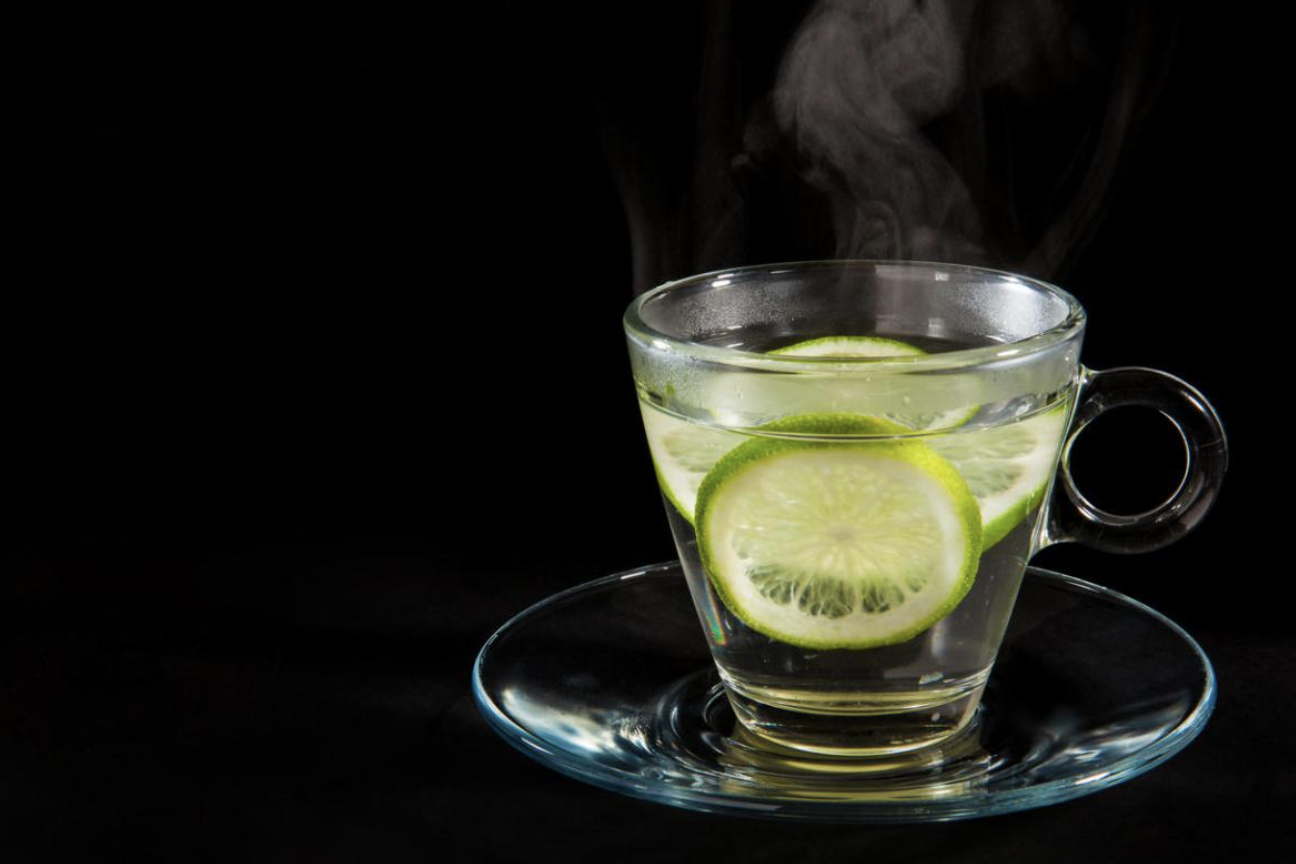
Verbal cues of Folk Remedies include:
- Statements of faith: “We believe better immune support an come from nature.” (Nature’s Way)
- Tradition as RTB: “Traditional immune support”; “Traditionally used for immune support”; “Our elderberries are tended by growers with generations of knowledge”; “We let traditional wisdom lead the way to better elderberries”; “For centuries, elderberries have been used across Europe as a traditional remedy.”
- In tune with nature: “It’s not just our way – it’s nature’s way” (Nature’s Way); “Works naturally with your body” (Boiron Oscillo)
- Recent traditions: “The original tablet, handcrafted from a carefully considered blend of vitamins, minerals, and herbs, was a big deal for people looking for a way to support their immune system.” (Airborne website)
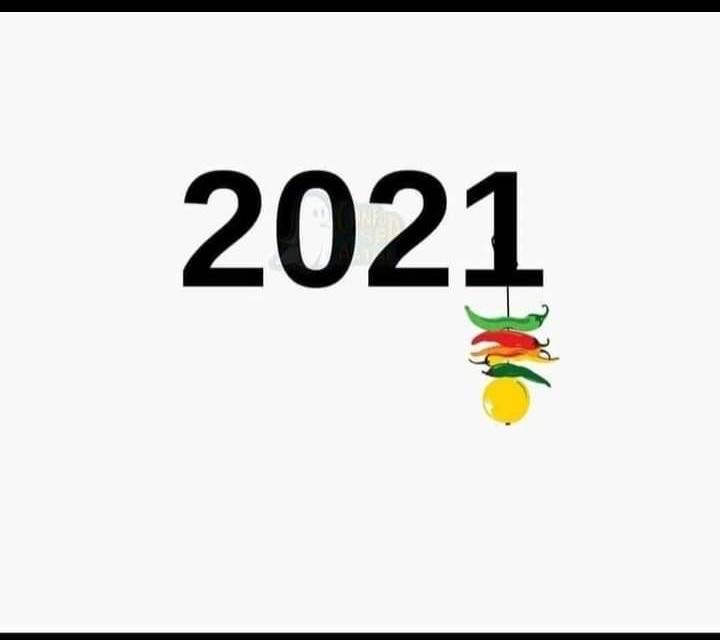
Aiyana Gunjan (India) notes that “the lemon and chilies hanging is symbolic of Protection from the Evil Eye in India.”

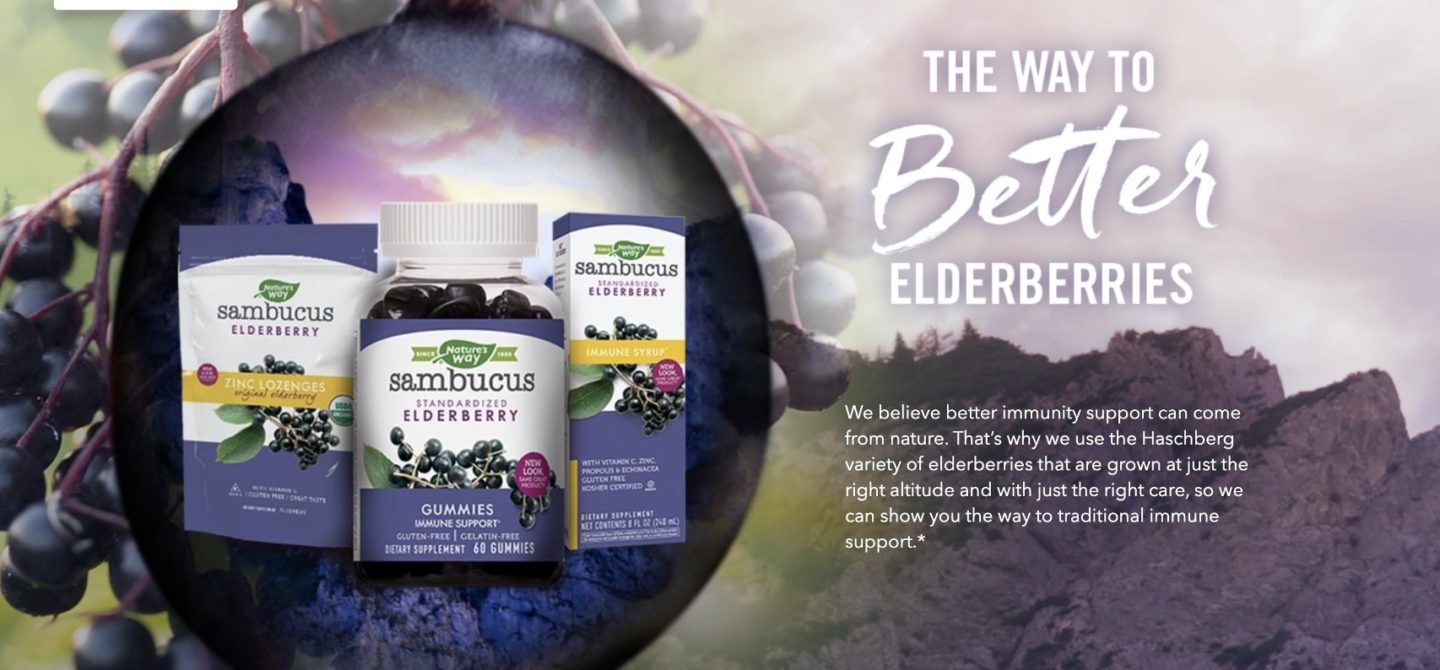
Higher Appeal
The Higher Appeal source code’s norm (that is to say, its idea, value, higher-order benefit) can be described as follows: Explicitly religious appeals regarding protection from/healing of Coronavirus or other maladies.
Visual cues of the Higher Appeal source code include:
- Traditional religious iconography, in many cases altered to reference the Coronavirus epidemic — e.g., Virgin Mary in a gas mask
- Religious leaders
- People praying
Verbal cues of the Higher Appeal source code include:
- References to prayers, miracles, divine intercession
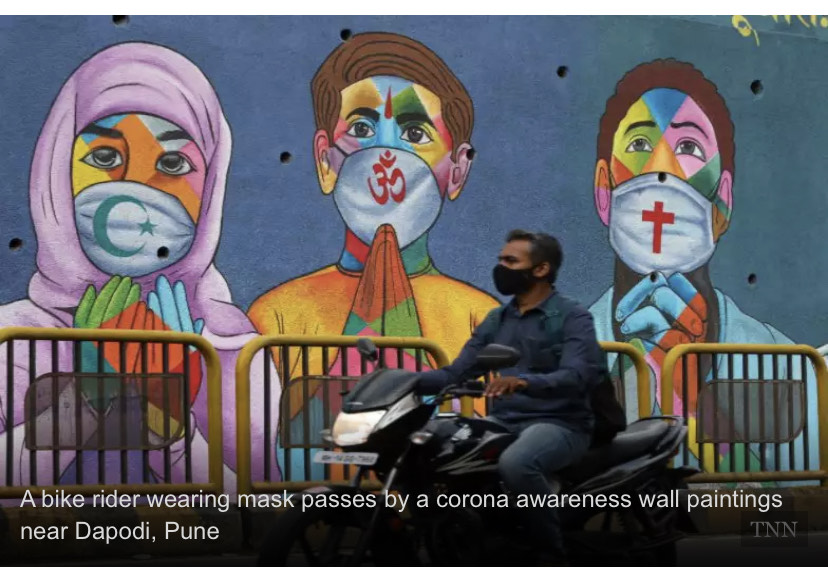
Aiyana Gunjan (India) says, of the mural shown above, “India is a land rooted in faith. These symbols of different religions evoke a sense of hope and prayer — appealing to God, who is the final authority in life.”

Vijay Parthasarathy (US/India) notes, regarding the statue above from the August 2020 celebration of Ganesh Chaturthi, a Hindu festival celebrating the arrival of Ganesh on Earth, that “Ganesh is a super important god in the Hindu pantheon — the ‘god of beginnings’ you pray to at the start of ventures, so boons and blessings you seek are granted. Unlike, say, the goddess Durga, Ganesh isn’t often associated with aggression; instead, he offers protection against adversity. Here, however, what’s invoked is the idea of Ganesh as destroyer-of-the-virus.”

Gabriela Pedranti (Argentina/Spain) notes, of the mural shown here, that “In Spain, suffering in any form always has the echoes of Catholic religion. Nevertheless, overall, people are trusting more in science and I doubt that any politician would talk about trusting the Virgin or any Saints — as in Mexico, for example. (Some years ago, there was a Minister of Labour who talked about trusting and thanking the Virgin for “getting out of the financial crisis” and most of the population was outraged.) In popular culture, though, religious iconography is constantly reshaped and reframed.” PS: Gabriela urges us to check out Rosalía, the Catalan pop star, in particular the iconography associated with her album El Mal Querer.

Mariane Cara (Brazil) sends us the image above, and notes that :At the beginning of the pandemic in March 2020, the evangelical and neo-Pentecostal group Catedral Global do Espírito Santo, which describes itself as “the house of miracles,” publicized a “miraculous service” called The power of God against the Coronavirus — promising that people would be immunized against any epidemic or virus, especially the Coronavirus.
Rustic Real
The Rustic Real source code’s norm (that is to say, its idea, value, higher-order benefit) can be described as follows: Evocations of a simpler, non-urban, and therefore healthier way of life.
We’ve noticed this source code (re)emerging in the Household Cleaning and Personal Care categories during the Covid epidemic.
Visual cues of the Rustic Real source code include:
- Distressed textures, weathered wood, other signs of rusticity
- Earth tones, faded colors, natural hues
- Burlap, wood grain, hemp, other natural textures
- Farmhouses, other rustic contexts

Verbal cues of Rustic Real include:
- Anti-modern. “0% Plastic. 100% Clean.”
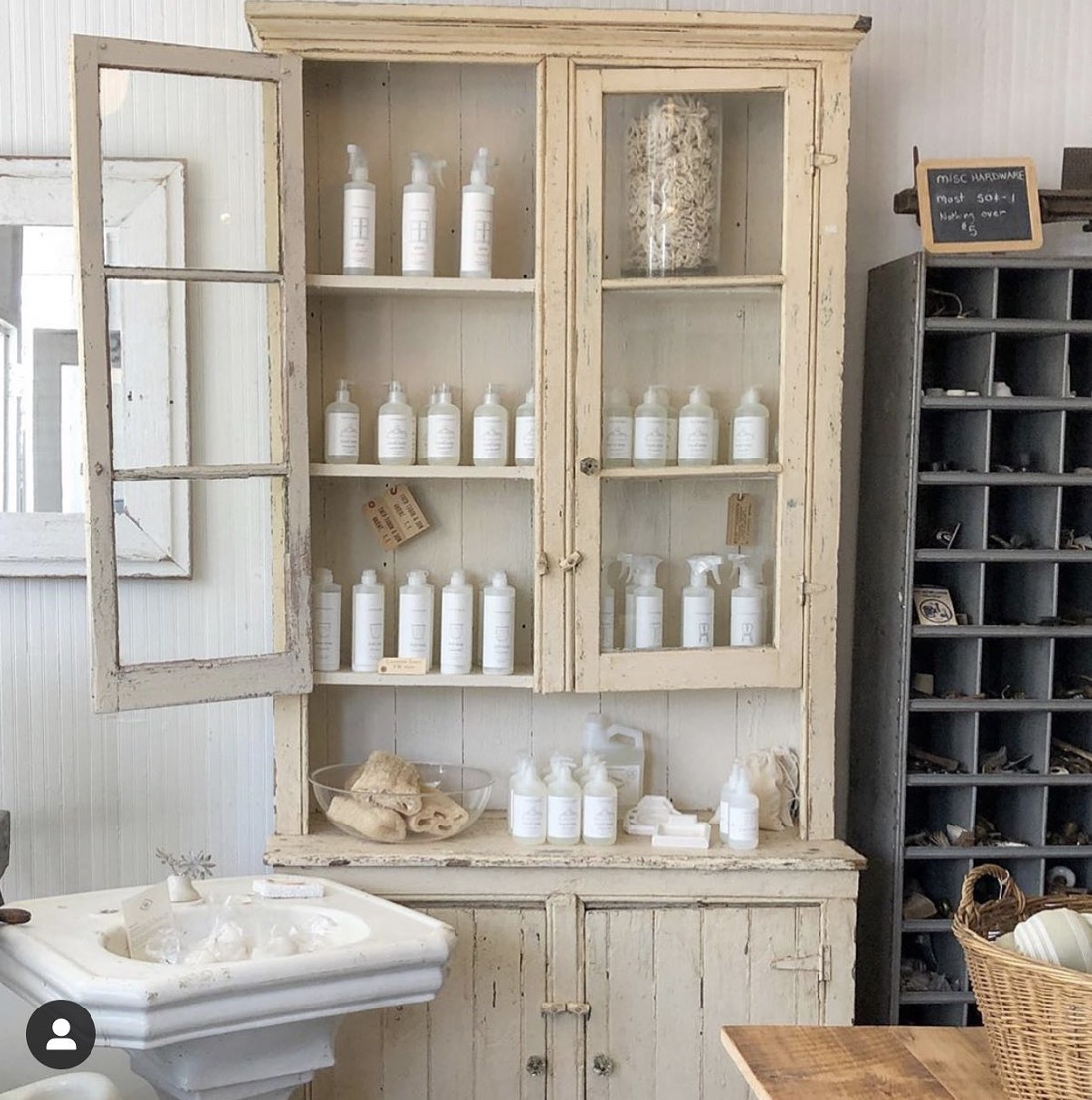
Un-Western Medicine
The Un-Western Medicine source code’s norm (that is to say, its idea, value, higher-order benefit) can be described as follows: Traditional Chinese Medicine, Ayurveda, other non-Western medical traditions.
Visual cues of the Un-Western Medicine source code include:
- Colorful, natural, “exotic” ingredients, sometimes contrasted with processed, chemical/, industrial Western medicine.
- Herbal medicine that looks good enough to eat
Verbal cues of Un-Western Medicine include:
- Authoritative solutions: “Here are some solutions from Ayurveda, Unani, Homeopathy”; “Allopathic and Homeopathic Approach to Coronavirus”
- Questioning headlines: “Does Traditional Chinese Medicine Work Against Coronavirus?” “Can Natural Remedies Really Help You Fight the Coronavirus?”
- Experts referenced: “Exerts suggest Ayurveda helps boost immunity against COVID-19”; “Indian Authorities Propose Use of Homeopathy to Prevent Coronavirus”; “Chinese researchers claim TCM herbal remedy could ‘inhibit’ Coronavirus”
- Choose one: e.g., “Coronavirus vs Chinese Herbal Medicine”

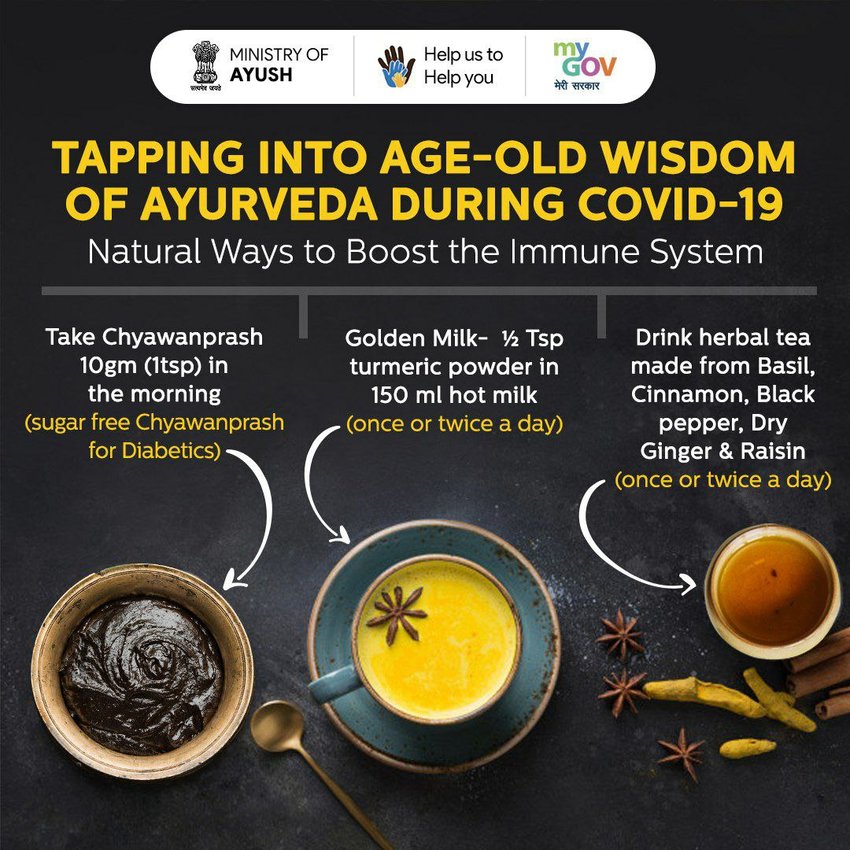
Seema Khanwalkar (India), who submitted the two examples above, as well as the Coronil image below, notes that in her market:
The pandemic has made self-proclaimed doctors out of people, many of whom — in desperation — have renewed interest in Ayurveda (one of the world’s oldest holistic healing systems) and home remedies. The situation is confusing, because government agencies will often promote Ayurvedic medicine in the same breath as allopathy (science-based, modern medicine) and vaccines. The Patanjali Research Institute brought out Coronil (the “first evidence-based ayurvedic medicine” against the coronavirus disease) in 2020, with the support of the Ministry of AYUSH, a government ministry supporting Ayurveda, Yoga & Naturopathy, Unani, Siddha and Homoeopathy; however, the WHO denied Coronil’s efficacy. In fact, many of the folk remedies that have become popular — ingesting large amount of turmeric, drinking large amount of hot ware — have been shown to have harmful, not beneficial effects. There are undoubtedly some benefits to non-allopathic medicine, but it’s not a good idea to overdo things.

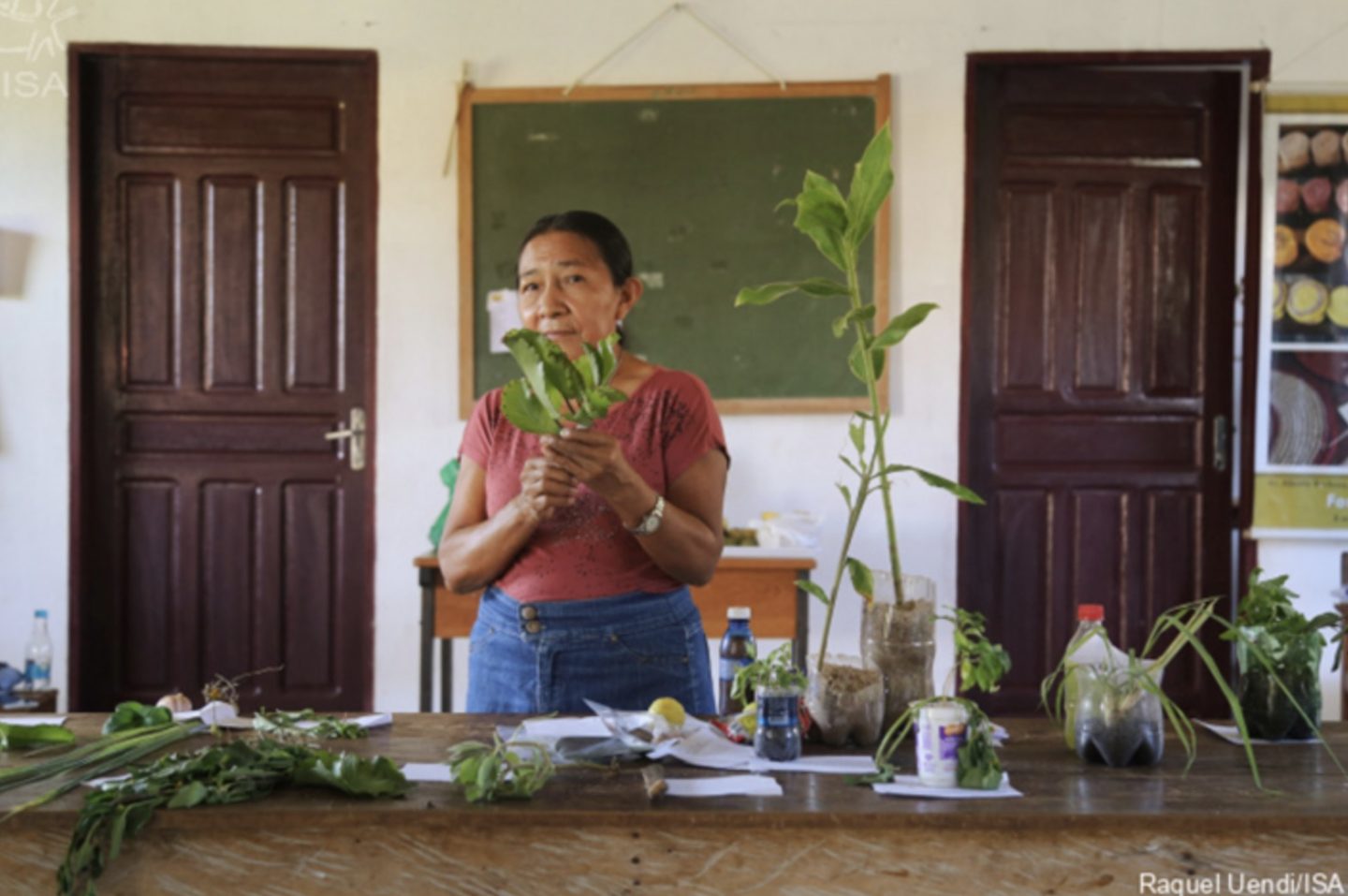
Mariane Cara (Brazil) tells us that “Natives of the Upper Rio Negro [Amazon State, in the middle of the rainforest] created their own treatment protocol against Covid-19 that includes the use of teas from Amazonian plants, baths and blessings. To treat the symptoms, the natives were drinking medicinal teas made by plants such as turmeric (which is called “mangarataia” in that region), lemon, mint, mucuracá, jambu, pirarucu leaf, passion fruit, garlic and lemon grass. Another recommendation is a ritual of sacred baths and spiritual counseling with the kumu (the healer / the blesser) to protect the body.”
Thank you for reading our Covid Codes series. Next week’s installment will be on this theme: HEALING RITUAL.
Also see these series: COVID CODES | SEMIO OBJECTS | MAKING SENSE | COLOR CODEX

